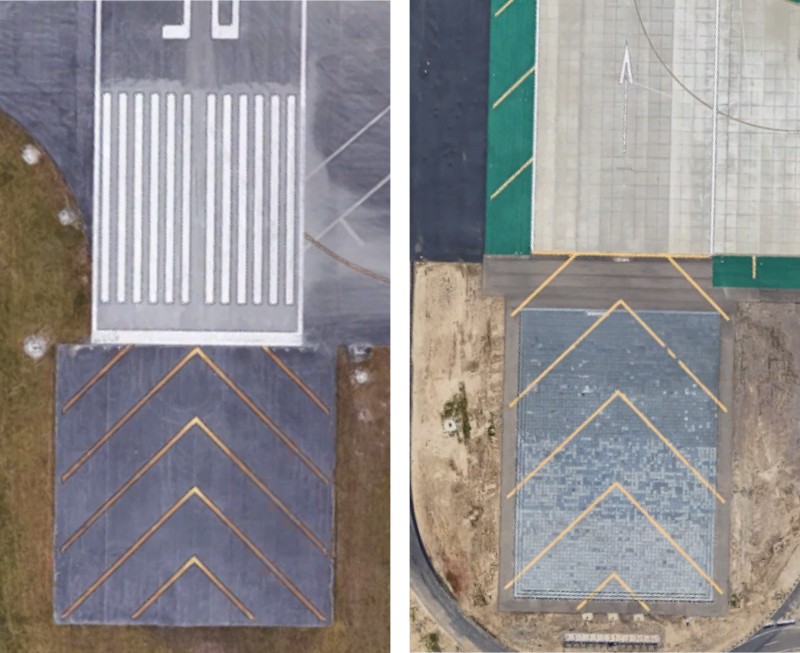I noticed in Why is “clearway minus stopway” used in V1 adjustments?Why is “clearway minus stopway” used in V1 adjustments? that a stopway and an EMAS are both indicated by yellow chevrons:

Same Opa-Locka stopway on the left, and San Diego EMAS on the right. Source: Google Maps
I believe the EMAS could somehow damage the aircraft (e.g. the nose gear). This would be acceptable as this is a last resort choice to prevent exiting the runway in an overrun, and likely more serious consequences.

EMAS in use. Source: flysfo.com
In the other question it is mentioned that a stopway mustn't damage the aircraft. So my first question was What is the difference from a regulation point of view? And how the pilot can know if this is a stopway were braking is desired, or an EMAS where thrust reversers might be hazardous.
However I thing it could be interesting to open the scope and get a more complete view, so my questions are more:
How do pilots use non regular runway portions such as clearway, stopway, EMAS, displaced threshold, and possibly more of this kind if it exists?
Is there some regulation which limits them for taking off, taxiing, or landing?
